When your car ends up in a junkyard, what happens to it? One thing to consider is the encounter with a 4000-hp shredder and its fearsome maw. An unflinching have a look at the ultimate hours of America's most recycled product.
Feed the crusher; a very starving moment! Its hardened steel maw opens to accommodate an American sedan. The jaws begin to shut, and therefore the crusher rocks softly side to side because it brings its full force in reality. The car makes a high-pitched rumbling noise, and then - pop! - the windshield blows. And another - pop! - then you will see headlights fluminate. Within a few seconds, the sedan is no longer larger than two feet tall; the crusher yawns as it prepares to just accept another rusted victim. It's all a part of a highly efficient salvage industry -which we have one near us in common circumstances- in that ensures that, after death, your car is reduced to its basic elements and reborn to be used time and time again.
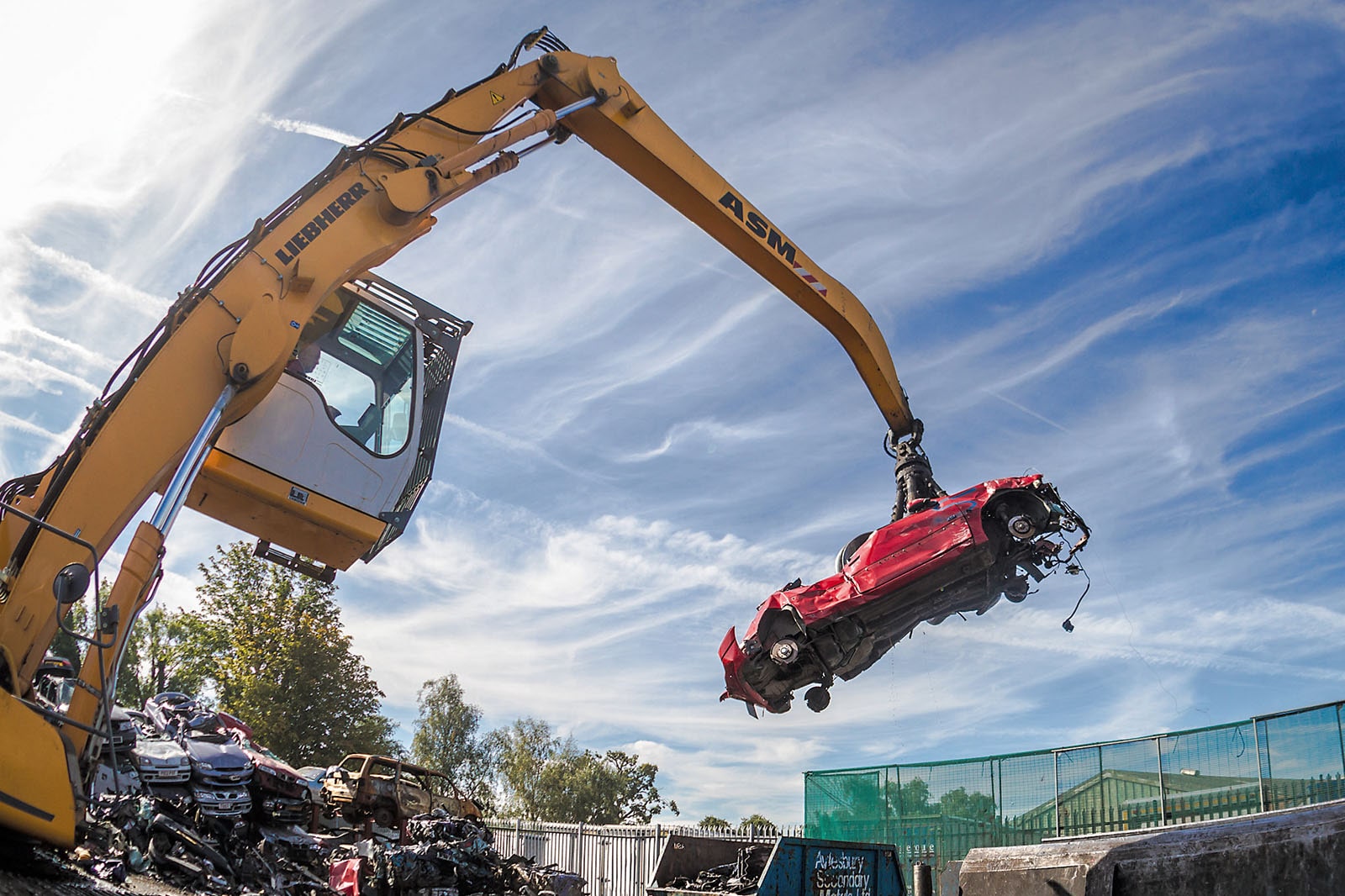 Cyrus Auto Parts -Junkyard Near Me
Cyrus Auto Parts -Junkyard Near Me
As a result of annual automobile sales that hover around 17 million, the automotive recycling industry in the United States processes about 750 million pounds of scrap each month. Much of that scrap - bits of steel and copper and aluminum and rubber - travels through a series of crushing, shredding, sorting and smelting facilities in southern Michigan that salvage almost every usable material in a vehicle. A short distance away, employees at automotive factories assembly lines, spending hours to build cars that the crusher will eventually destroy in seconds.
The demolition and rebirth of mankind's most personal machine is a multistage process that is both unsettling and beautiful to watch. It is impossible not to wonder at any point in the journey: How many road trips, adventures, and snarled traffic jams did that car endure before becoming just another pile of debris?
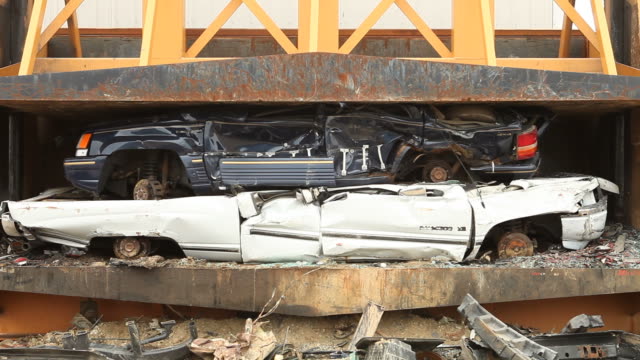 Auto Salvage Yard Near Me
Auto Salvage Yard Near Me
The automobile is the most recycled consumer product in the world - 95 percent of all vehicles are reclaimed. The rate far exceeds the numbers for recycling giants such as newspaper (74 percent), aluminum cans (51 percent) and glass (22 percent). And much of the reclaimed material winds up back in new cars: Coffee-stained carpeting becomes air-cleaner assemblies, and chewed-up tires morph into brake pedals and floor mats.
By shredding a car, a recycler industry can extract the steel from the scrap after the car is broken into pieces (above). A high-tech flotation process sorts out the "twitch" (aluminum) from the rest of the debris, which is exported to cheap labor markets such as India and China for hand sorting.
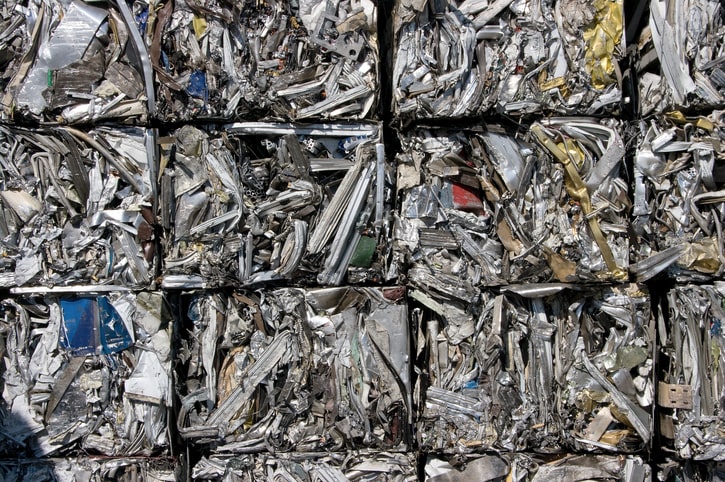 Sorting
Sorting
Pound for pound, aluminum, brass, copper and zinc are the most valuable stuff in a car. Dayton Ohio sends its aluminum scrap to products recyclers and all type of metal scrap buyers, where staff workers help melt, mix and form the metal into ingots -ready to reuse. Yes! The travel of recycled aluminum begins and finds its way into everything from automobiles to barbecues; interesting point is when we watch products all the time and guess each part has its own history of coming through this way.
Still, as much as 25 percent of each car ends up in landfills. That's largely because landfill space is still relatively cheap and the technologies to recover nonferrous material are still expensive. That may change, thanks to pricing pressures on both real estate and resources. But, as long as we drive, one thing will remain constant: The crusher will always be hungry and someday, it will come for your car.
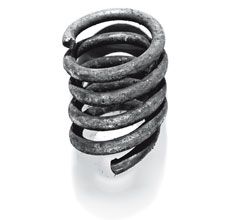 The shredder
The shredder
The shredder has a curious way of turning car parts into art objects. The steel coil spring (left), sprung free from a suspension system, survived the machine's gnashing teeth generally intact. This section of crankshaft, though, ran a tougher gantlet: It was snapped free of its engine, along with two connecting rods that have lost their pistons.
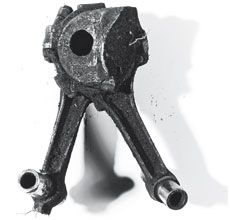 The con-rod
The con-rod
The con-rod connects the piston to the crankshaft to transfer combustion pressure to the crankpin.